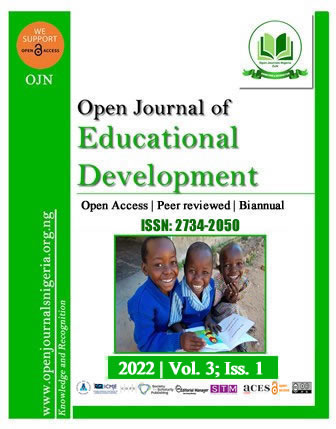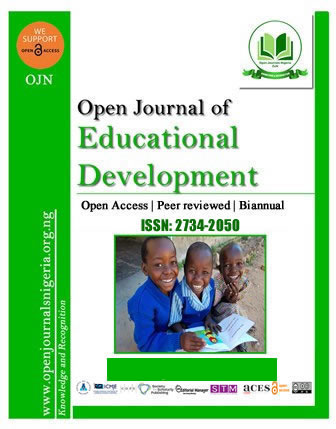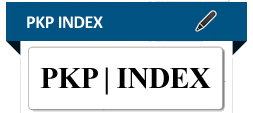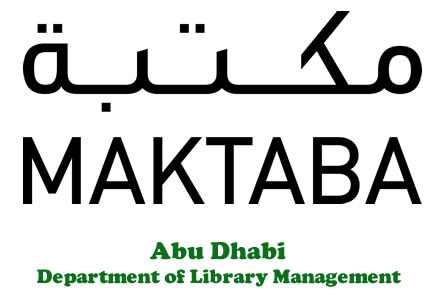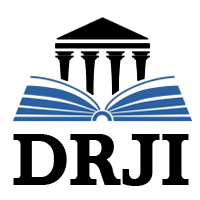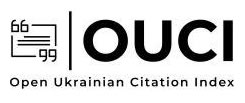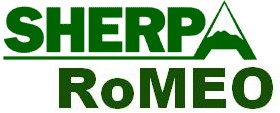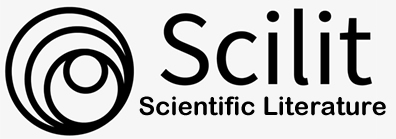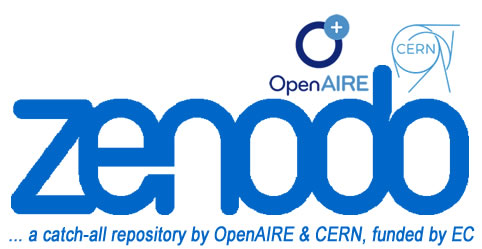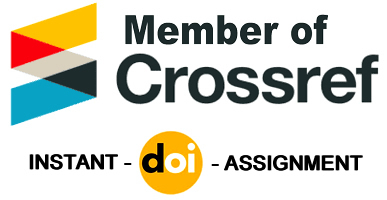APPLICATIONS OF ITEM RESPONSE THEORY MODELS TO ASSESS ITEM PROPERTIES AND STUDENTS’ ABILITIES IN DICHOTOMOUS RESPONSES ITEMS
DOI:
https://doi.org/10.52417/ojed.v3i1.304Keywords:
Ability, Difficulty, Discrimination, Guessing, Response, TestAbstract
A test is a tool meant to measure the ability level of the students, and how well they can recall the subject matter, but items making up a test may be defectives, and thereby unable to measure students’ ability or traits satisfactorily as intended if proper attention is not paid to item properties such as difficulty, discrimination, and pseudo guessing indices (power) of each item. This could be remedied by item analysis and moderation. It is a known fact that the absence or improper use of item analysis could undermine the integrity of assessment, certification and placement in our educational institutions. Both appropriateness and spread of items properties in accessing students’ abilities distribution, and the adequacy of information provided by dichotomous response items in a compulsory university undergraduate statistics course which was scored dichotomously, and analyzed with stata 16 SE on window 7 were focused here. In view of this, three dichotomous Item Response Theory (IRT) measurement models were used in the context of their potential usefulness in an education setting such as in determining these items properties. Ability, item discrimination, difficulty, and guessing parameters as unobservable characteristics were quantified with a binary response test, then discrete item response becomes an observable outcome variable which is associated with student’s ability level is thereby linked by Item Characteristic Curves that is defined by a set of item parameters that models the probability of observing a given item response by conditioning on a specific ability level. These models were used to assess each of the three items properties together with students’ abilities; then identified defective items that were needed to be discarded, moderated, and non-defectives items as the case may be while some of these chosen items were discussed based on underlining models. Finally, the information provided by these items was also discussed.
Published
How to Cite
Issue
Section
Copyright (c) 2022 Adetutu & Lawal

This work is licensed under a Creative Commons Attribution 4.0 International License.

